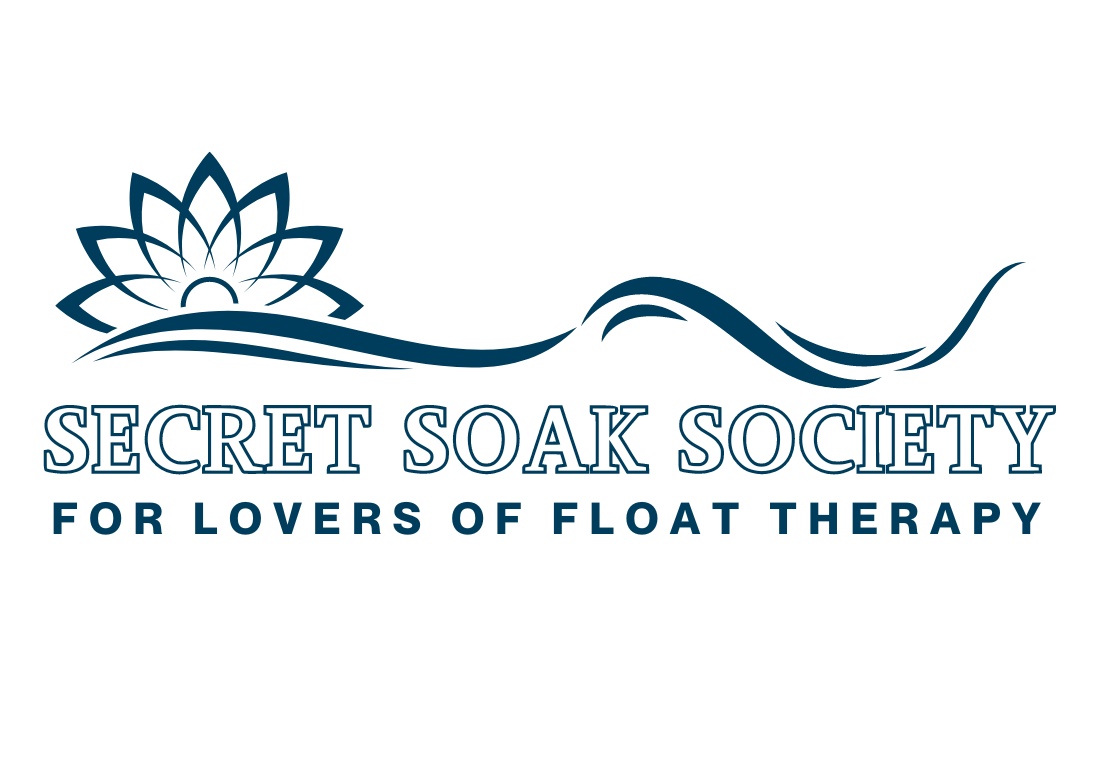In an era where mindfulness and meditation have risen to prominence as essential practices for mental health and well-being, the quest for deeper, more profound states of meditation has led many to explore various adjunctive therapies. Among these, floatation therapy emerges as a remarkable complement to traditional meditation practices, offering a unique environment that facilitates deeper levels of mindfulness. This article delves into the synergistic relationship between float therapy and meditation, highlighting how the immersive experience of floating can enrich and deepen meditative practices.
Floatation therapy, or float therapy, involves the use of a float tank or pod, where individuals float in a solution of water and Epsom salts at skin temperature. This specialized environment is designed to minimize external sensory input, including light, sound, and tactile sensations, creating a setting that is conducive to deep relaxation and introspection. It is within this serene, sensory-reduced space that float therapy and mindfulness meditation find their profound connection.

The essence of mindfulness meditation lies in the practice of present-moment awareness, with an open and non-judgmental attitude towards one’s thoughts and experiences. The challenge for many practitioners, however, is the distraction of external stimuli and the difficulty in achieving a state of deep relaxation where mindful awareness can fully manifest. Float therapy addresses this challenge head-on by removing the distractions of the external world, allowing individuals to focus inwardly with greater ease and clarity.
The reduction of sensory input during float therapy naturally facilitates a shift in brainwave patterns, from the alert and focused beta waves to the more relaxed alpha and theta waves. These brainwave states are associated with the early stages of sleep and deep meditation, where creativity, intuition, and profound relaxation occur. By promoting this shift, float therapy enhances the ability of practitioners to access deeper states of meditation and mindfulness, often more quickly and effortlessly than through sitting meditation alone.
Moreover, the weightlessness experienced in the float tank alleviates physical tension and stress, further promoting a state of mental and physical relaxation. This absence of gravitational pressure on the body mirrors the mental release and letting go that is sought through meditation. The parallel between releasing physical tension and releasing mental clutter is a powerful aspect of float therapy, reinforcing the mindfulness practice of non-attachment to thoughts and sensations.
Practitioners of float therapy often report experiencing a heightened sense of awareness and presence, both during and after their floating sessions. This heightened mindfulness can lead to increased emotional regulation, reduced anxiety, and a greater sense of peace and well-being. The deep relaxation achieved through floating also contributes to improved sleep patterns, which can further support a regular mindfulness practice.
The synergies between float therapy and mindfulness or meditation practices are not merely anecdotal but are supported by emerging research in the field of psychology and neuroscience. Studies have indicated that float therapy can significantly reduce stress and anxiety, enhance mood, and improve overall mental health, complementing the benefits traditionally associated with mindfulness meditation.
In conclusion, float therapy offers a unique and powerful avenue for deepening meditation practices and enhancing mindfulness. By providing an environment that minimizes external distractions and promotes deep relaxation, floating allows individuals to explore and cultivate a state of mindful awareness with greater depth and ease. Whether used in conjunction with traditional sitting meditation or as a standalone practice, float therapy stands as a profound tool in the journey towards mental clarity, emotional balance, and heightened awareness, inviting practitioners to explore the depths of their minds in the serene embrace of weightlessness.






